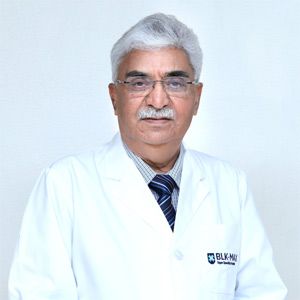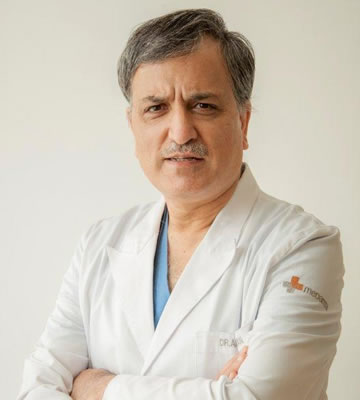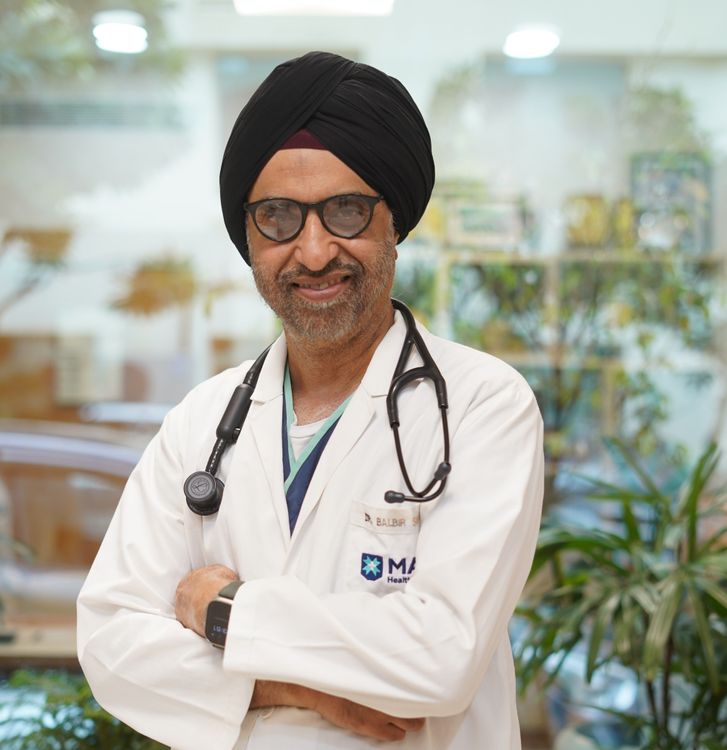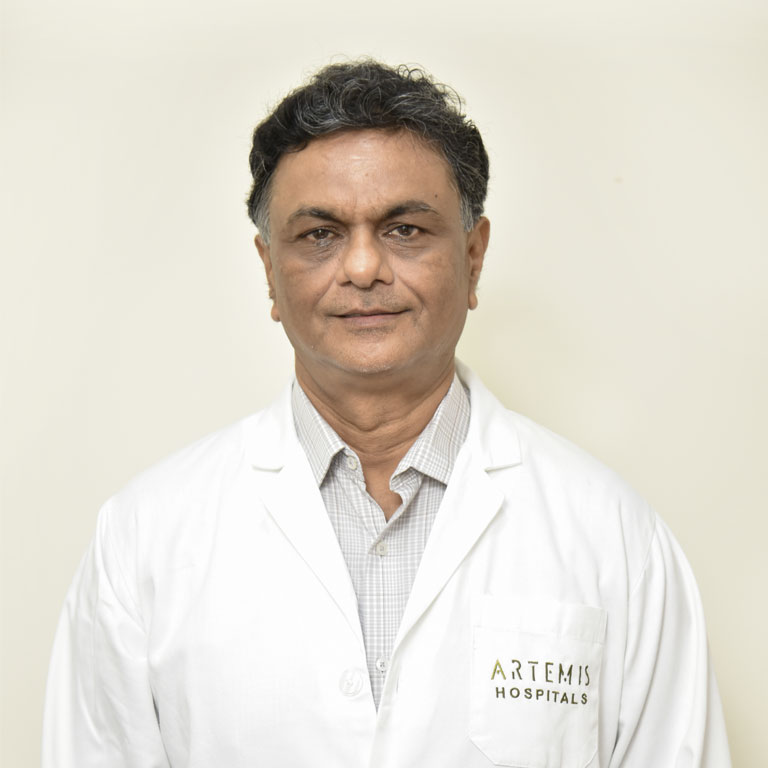Cure Connect
Truncus arteriosus
Truncus arteriosus is a rare congenital heart defect that is typically diagnosed shortly after birth. If your baby has been diagnosed with truncus arteriosus, understanding what this condition involves and how it’s treated can help you prepare for the next steps.
What is Truncus Arteriosus?
In a healthy heart, the pulmonary artery and the aorta are two separate vessels, each responsible for carrying blood to different parts of the body. However, in babies with truncus arteriosus, these two vessels fail to develop separately and instead form a single, large vessel. This leads to a mix of oxygen-rich and oxygen-poor blood circulating throughout the body, which can result in a lack of oxygen reaching vital organs.
Signs and Symptoms
Truncus arteriosus is usually detected soon after birth. One of the first signs is a bluish or grayish tint to the baby’s skin, lips, and nails, known as cyanosis, indicating that the baby’s blood isn’t getting enough oxygen. Other signs include difficulty breathing, rapid breathing, and poor feeding. During the initial examination, a healthcare provider may notice abnormal lung sounds, indicating fluid buildup, and a heart murmur, which is a whooshing sound caused by turbulent blood flow through the abnormal heart structure.
Diagnosis
If truncus arteriosus is suspected, further tests will be performed to confirm the diagnosis. These tests might include an echocardiogram, which uses sound waves to create a detailed image of the heart, showing the single vessel and the overall structure of the heart. Other tests, such as chest X-rays, electrocardiograms (ECGs), and oxygen saturation levels, might also be used to assess the baby’s condition.
Treatment
Truncus arteriosus is a serious condition that requires prompt surgical intervention. The goal of surgery is to create two separate pathways for the blood: one to carry oxygen-poor blood to the lungs and another to carry oxygen-rich blood to the rest of the body. This usually involves placing a patch to close any abnormal connections and creating a new, separate pathway for the pulmonary artery.

Dr. T. S. Kler
Chairman & HOD - BLK-Max Heart & Vascular Institute, Chairman Pan Max - Electrophysiology
Critical Cardiology, Non-Invasive Cardiology, Interventional Cardiology, Nuclear Cardiology, Cardiology, Electrophysiology And Arrhythmia Services, Technology For Heart Care Experience: 37+ Years

Dr. T. S. Kler
Chairman & HOD - BLK-Max Heart & Vascular Institute, Chairman Pan Max - Electrophysiology

Dr Anil Bhan
Chairman, Cardiac Surgery, Cardiac Care, MCh (CTVS) , MS(General Surgery) , M.B.B.S.
Dr. Bhan is an outstanding cardiovascular surgeon and a graduate from Medical College Srinagar (Best outgoing graduate-Gold Medalist).

Dr Anil Bhan
Chairman, Cardiac Surgery, Cardiac Care, MCh (CTVS) , MS(General Surgery) , M.B.B.S.

Dr Balbir Singh
Group Chairman - Cardiac Sciences, Pan Max & Chief of Interventional Cardiology and Electrophysiology, Max Saket
Cardiac Sciences, Cardiology, Cardiac Electrophysiology-Pacemaker, Interventional Cardiology Experience: 32+ Years

Dr Balbir Singh
Group Chairman - Cardiac Sciences, Pan Max & Chief of Interventional Cardiology and Electrophysiology, Max Saket

Dr. Sushant Srivastava
Chairperson Heart & Lungs Transplant MBBS, MS, MCh
MBBS, Patna Medical College, Patna, India MS (General Surgery), Patna Medical College, Patna, India, 1991 MCh (Cardiothoracic and Vascular Surgery), All India Institute of Medical Sciences, New Delhi, India, 1994

Dr. Sushant Srivastava
Chairperson Heart & Lungs Transplant MBBS, MS, MCh

Dr Ajay Kaul
CHAIRMAN CARDIAC SCIENCE | Fortis Noida Cardiac Sciences | MBBS, MS (General Surgery), M.Ch (Cardiothoracic Surgery),
Adult CTVS (Cardiothoracic and Vascular Surgery) | Heart Transplant | Heart & Lung Transplant

Dr Ajay Kaul
CHAIRMAN CARDIAC SCIENCE | Fortis Noida Cardiac Sciences | MBBS, MS (General Surgery), M.Ch (Cardiothoracic Surgery),

Dr Ramji Mehrotra
Vice Chairman - Cardiothoracic & Vascular Surgery Heart & Vascular Institute, Cardiothoracic And Vascular Surgery, Technology For Heart Care, Cardiac Intensive Care
Vice Chairman & Chief in Cardio Thoracic and Vascular Surgery (CTVS) Department at BLK Super Speciality Hospital, New Delhi.

Dr Ramji Mehrotra
Vice Chairman - Cardiothoracic & Vascular Surgery Heart & Vascular Institute, Cardiothoracic And Vascular Surgery, Technology For Heart Care, Cardiac Intensive Care
Plan Your Medical Tour Now
Plan your medical tour now with Cure Connect for seamless, affordable, and world-class healthcare services.
For more information, please contact the HealthFide team on WhatsApp.
For more information, please contact the HealthFide team on WhatsApp.
The Government of India encourages medical visas and the process is easy and quick without much documentation after a confirmation from the treating hospital.



